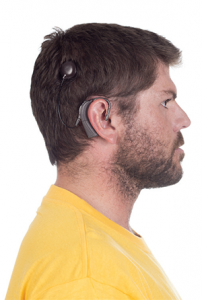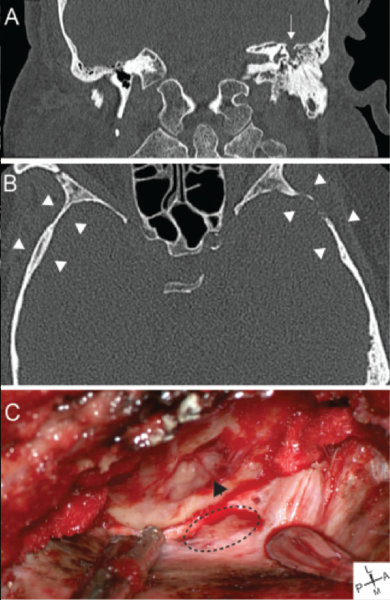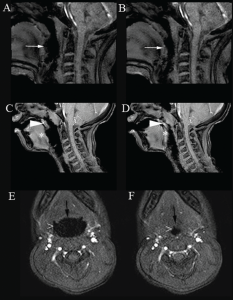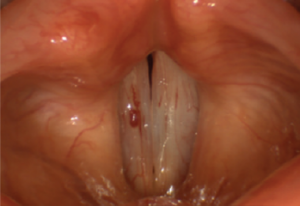Graves disease is the only indication in which patients undergoing thyroidectomy are at increased risk of postoperative hematoma formation
In OPSCC, Tumor Location and T Stage More Significant than HPV Status
However, there was no significantly different incidence of CBNM between HPV-positive and HPV-negative patients

Sound Quality in CI Users Limited By Pitch Distortion, Dynamic Range Compression
Physical and electrophysical limitations inherent to CI-mediated listening suggest that sound quality perception in the CI population is limited by many factors

Surgical Repair of Spontaneous Cerebrospinal Fluid Leaks
Endoscopic repair of anterior skull base leaks and MCF or transmastoid approaches for lateral skull base leaks have a high success rate of repair
Bilateral Cochlear Implantation Offers Significant Benefits in Difficult Listening Situations
Bilaterally implanted patients benefit significantly in difficult everyday listening situations
Access to Hearing Healthcare Complicated by Multiple Factors
Barriers to accessing hearing healthcare included denial of the problem, inconvenience, lack of support from family, and financial means

Cine MRI and DISE Equally Effective for Identifying Upper Airway Obstruction in Children
Cine MRI and DISE documented single and multiple sites of UAO in children with persistent OSA after AT
Pediatric Aspiration, Ingestion Remain Frequent
Incidence of pediatric consumer product ingestion has continued to rise, whereas incidence of aspiration has remained relatively stable
Hearing Loss Associated with Higher Incidence of Dementia
A growing body of literature suggests that hearing loss and dementia are interrelated

Vocal Fold Hemorrhage Has Little Impact on Vocal Function and Health
Vocal fold hemorrhage appears to have no significant longterm impact on vocational stability, subjective voice quality, or vocal function perceptions
- « Previous Page
- 1
- …
- 51
- 52
- 53
- 54
- 55
- …
- 94
- Next Page »